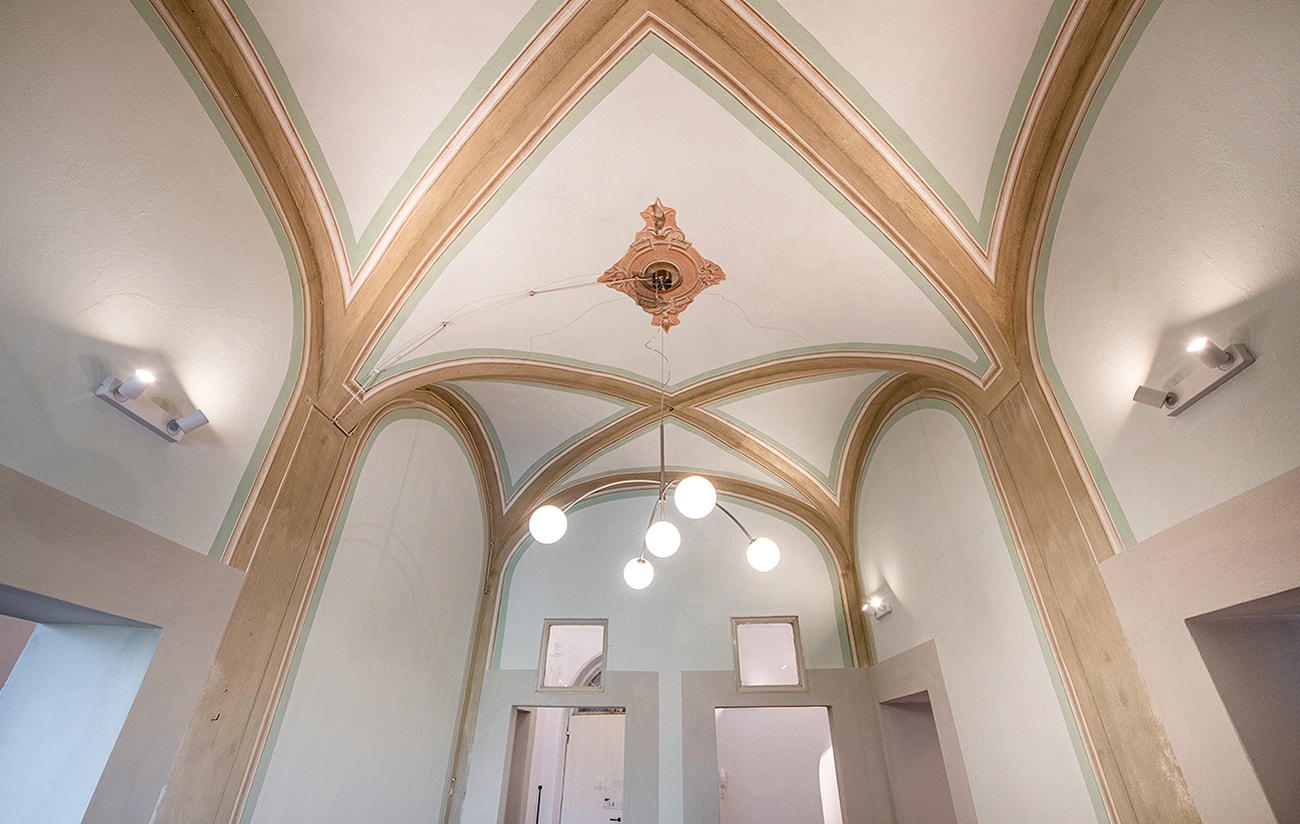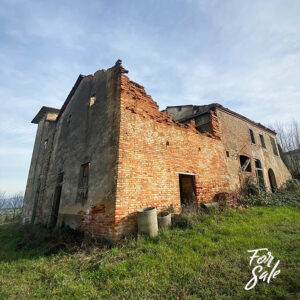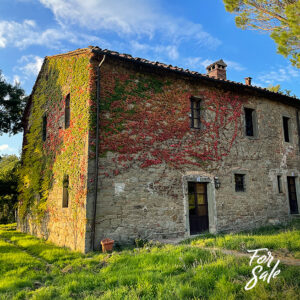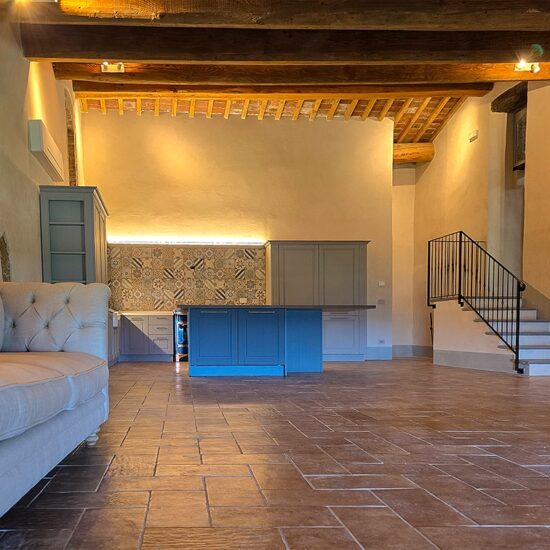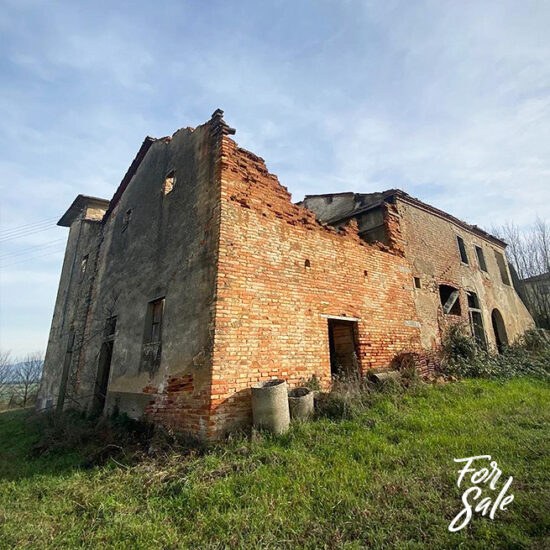Most people think that Romans invented the arch. However, we find the first evidence already from the Etruscan and Sumerian times. In spite of that, only the Romans understood its enormous architectural potential. In fact, by combining simple materials such as brick or stone, with art and science, the Romans used the arch greatly because it possessed according to Vitruvius “firmitas, utilitas et venustas“: solidity, utility and beauty.
Depending on the size, design and use of the arch construction, the arch can take different shapes. The most common types of arch in our area are:
- ROUND ARCH – It is the best-known model, where the arch is perfectly semicircular, in Italia “arco a sesto”. Its name derives from sextus, the Latin name of the compass. In fact, it takes just one half-turn of a compass to draw it.
- SEGMENTAL ARCH. In this case, the arch has a circular arc of less than 180 degrees, so optically the apex point is lower than a round arch. It is one of the strongest arches and is usually used for bridges, small passages, doorways, windows and fireplaces. Romans often built these arches with bricks.
- LANCET ARCH – This pointed arch is typical of the European Gothic style and therefore very popular in medieval times. Thanks to the “verticalization” of the two halves of the arch, this type lends itself to the creation of more slender structures (such as gothic ones) and to the opening of large windows, as it requires a smaller wall mass to absorb the horizontal component.
- RAMPANT ARCH – In the Gothic architecture, we also use the rampant arch or flying buttress. This is a special case of asymmetric arch, which unloads the horizontal thrusts of the vaults and the arches along the perimeter of the structure. The flying buttresses are never inside a building but outside.



